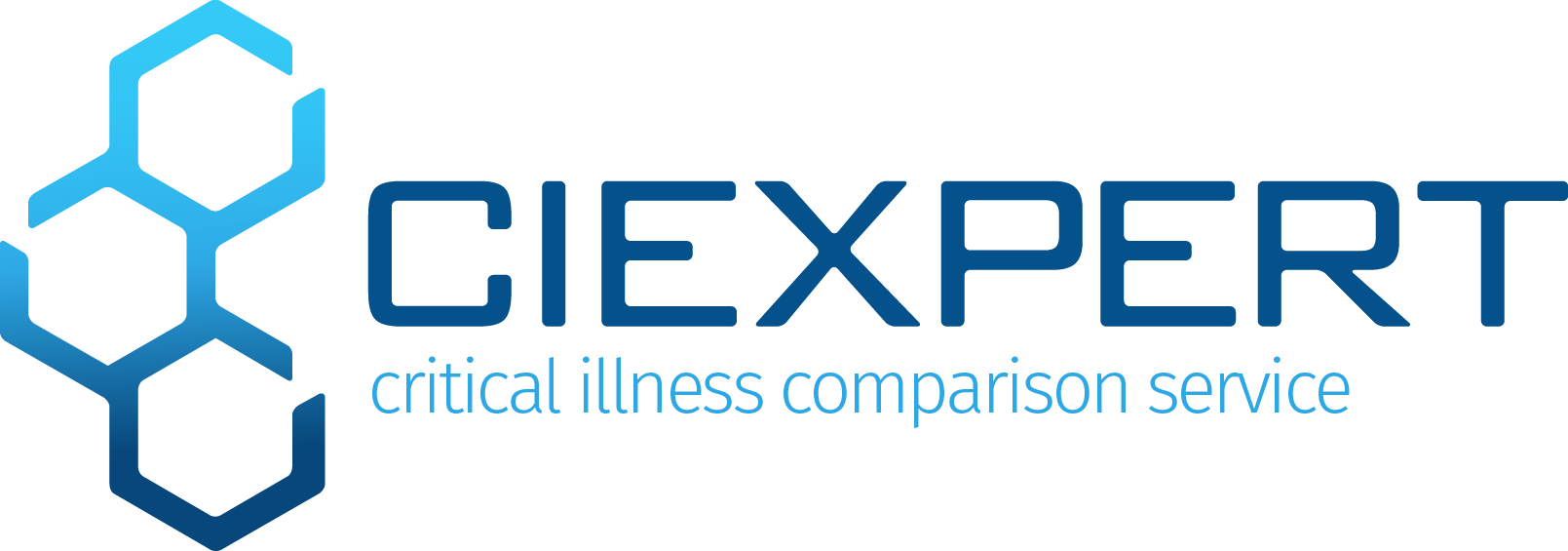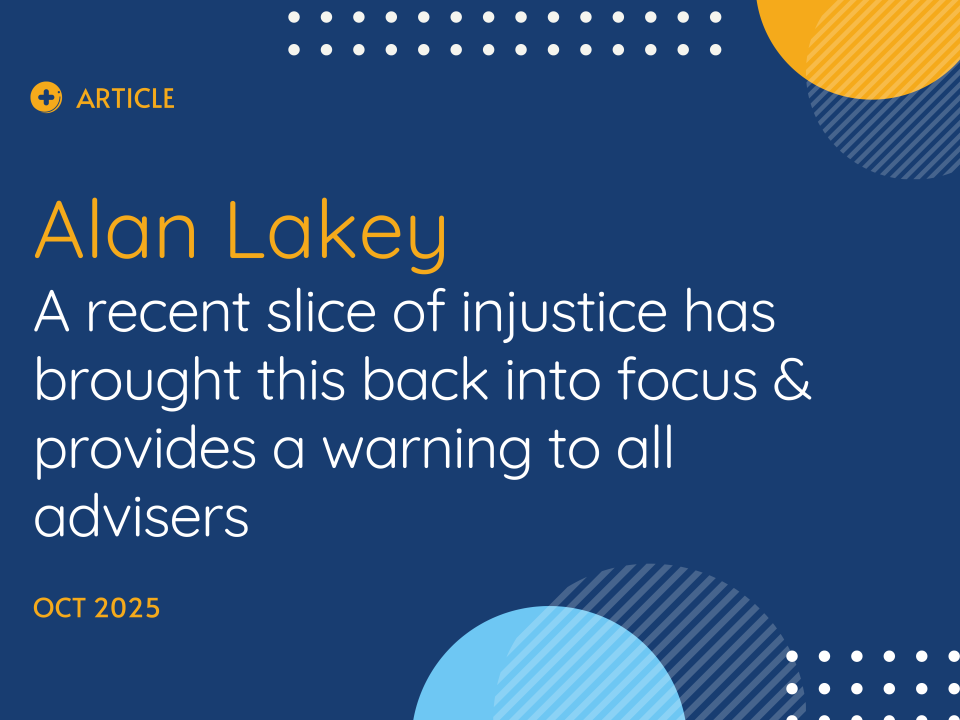Using the correct system can keep advisers out of trouble but the wrong one could result in complaints, FOS involvement and lost clients, says CIExpert director.
ALAN LAKEY
Over the past few years the critical illness market has expanded. New entrants have appeared both in the D2C and the intermediated arenas. Additionally, insurers are now offering various permutations of plans - some have optional child cover, some provide a choice of standard or comprehensive cover, many now offer additional child specific conditions whilst others have raised the bar on payment levels for child cover and additional payment conditions.
Advisers looking to compare policies need reassurance that the information within their research tool is valid, up to date, easily understood and sufficiently comprehensive that the following essential requirements can be met.
Can it compare current policies?
The market is extremely competitive and confusing. Some insurers exclude additional payment conditions from their child cover, others can pay up to £100,000 for child cover and/or additional conditions with limits stretching from 12.5% up to 100%.
It is essential that advisers are able to choose the most appropriate plan from properly analysed data as opposed to selecting a favourite brand, the cheapest premium or perhaps because the BDM is friendly.
Can it compare white labelled (bank/building society) and D2C plans?
Consumers often approach advisers with bancassurer or D2C policies that require reviewing. Similarly, many a client will have relied on guidance from a bank or supermarket regarding a new plan and will expect considered analysis as to its true worth. Unless the policy can be compared by the CI comparison tool the matter becomes at best massively time-consuming, or at worst, impossible.
Can it compare historic plans with current plans?
Why is this important? Re-broking a critical illness plan could result in the new plan not covering certain conditions as comprehensively as the old plan. Obvious examples are cancer, coronary angioplasty, heart attack and benign brain tumour. Wordings may appear similar but actually hide a host of subtle differences.
On its website the Financial Ombudsman Service explains that it will likely find against the adviser if any disadvantages are not made clear when carrying out re-broking. Therefore the resulting client report must clearly show the disadvantages as well as the advantages.
Can it precisely value children's CIC?
Clients will value children's CIC based around how many children they have and their ages. It's manifestly obvious that a family comprising three children aged below five will find child cover way more valuable than somebody with a 17-year-old daughter. Setting this out in a meaningful way is essential, as is the ability to value the plan both with and without child cover.
Can it compare all of the conditions within each plan?
Whilst it is true that the top five conditions provide for around 85% of claims this leaves well over a hundred further conditions, some so new that they have yet to infiltrate the annual claims figures. Focusing on the top five or 10 claimed-on conditions can make policies appear virtually identical when it is the remaining conditions that provide the difference.
What criteria is used to calculate the scores?
Condition values must reflect the numerous variables. The differences between males and females, the influence that increasing age has on each condition not forgetting the sizeable impact of being a smoker.
If a system provides a score based on the average industry claims figures it is likely to provide a false result as the following example explains.
The industry average claims percentage for heart attack is around 11%. However if we look at the gender split it is closer to 18% for males and 2% for females. If the 11% figure is used it inflates the value for females and depresses it for males. Similarly around 64% of overall claims result from cancer but the gender split is closer to 52% for males and 78% for females.
Multiple sclerosis offers similar scope for misinformation. The averaged figure is close to 5% but when broken down is nearly 7% for females and close to 3% for males.
Most conditions show a higher incidence with age but some, like in situ cancer of the cervix and multiple sclerosis, show higher incidence peaks in the 20-50 age range.
We all realise that being a smoker increases the risk of cancer, heart disease and lung conditions. However there are major differences - long-term smoking increases the risk of lung cancer 15x, with lesser impacts on other areas of the body. Conversely, ovarian cancer and Parkinson's disease are less likely to affect smokers. A truly analytical system must take these variables into account to ensure that the calculations and resulting values are valid.
Relying on bare statistics
Each condition will have its own set of comorbidities and this provides the potential to overestimate their value. An excellent example is coronary angioplasty where the latest UK audit advises that 100,483 angioplasty operations were carried out in the UK. This is an impressive number suggesting that incorporating angioplasty is a big deal but if we look beneath the glossy bonnet we find 23% were diabetic, over 8% underwent previous by-pass surgery, 27% had a previous angioplasty and 27% had a previous heart attack. Add to this the fact that over 77% of interventions are on a single artery and you see a completely different picture.
Summary
Using the correct system can keep you out of jail but the wrong one could result in complaints, FOS involvement and lost clients. Using a comparison tool to review client's plans not only provides reassurance that their adviser is on the case but also creates added income for the proactive adviser.




